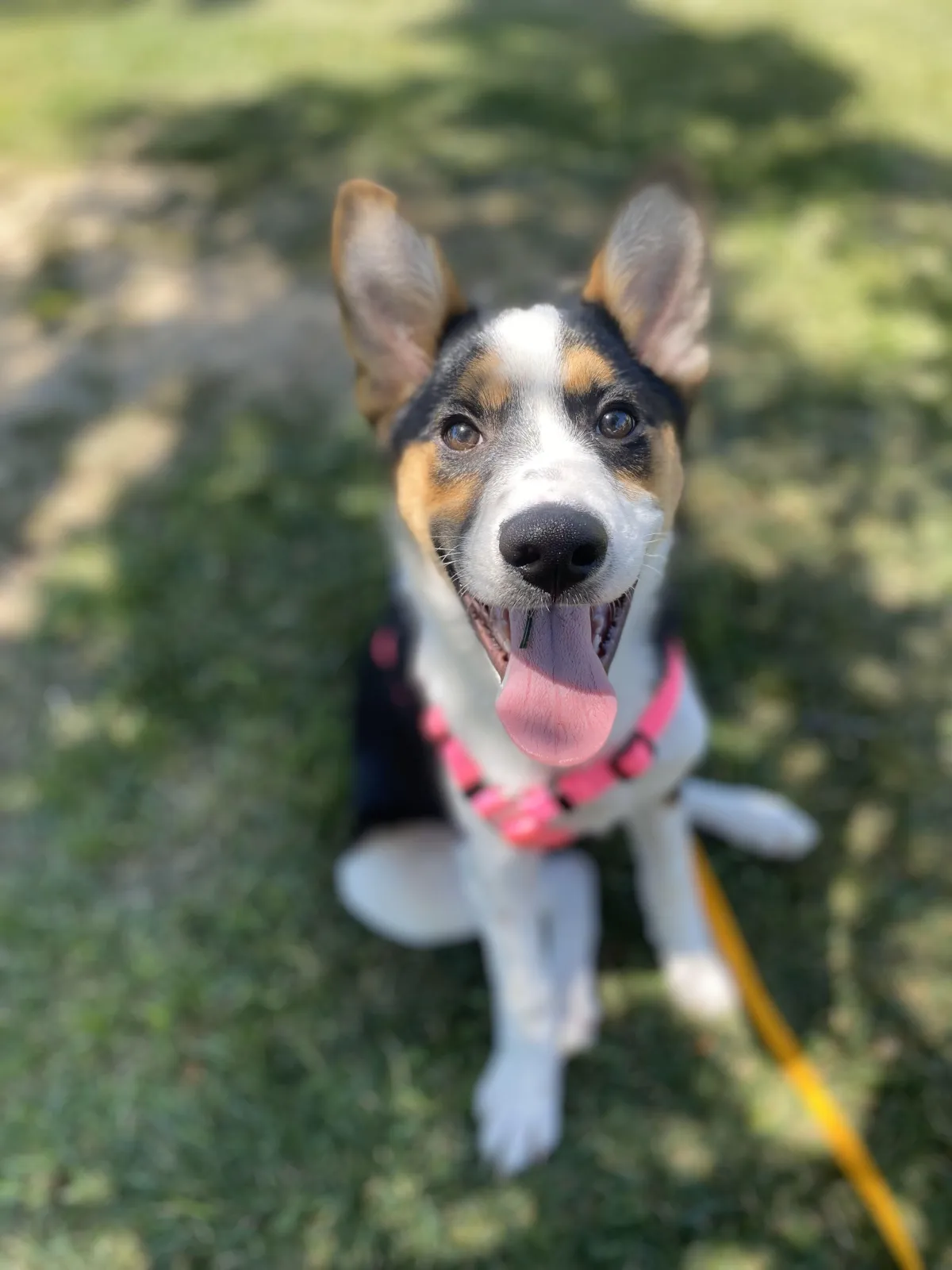
The Paw Works Blog
The Happiest Tails on Earth: Heartwarming Stories and Expert Tips for Pet Lovers

3 Tips for Adopting a Dog When You Have Kids
3 Tips for Adopting a Dog When You Have Kids
Dogs and children can be lifelong partners in crime and provide your whole family with a wonderful, nurturing learning experience. However, you will need to take a few steps in order to prepare your kids for when your new family member comes home.
1: Communication is Key
Your children must be aware that there are several responsibilities involved with having a dog as a pet. They won’t know this unless you talk to them, so this is why the number one tip is communicating!
Emphasize the fact that your new dog will be a family member and that everyone will be required to take care of him or her. Owning a pet will ensure your children grow up with an unbeatable sense of patience and being responsible for their actions.
Looking after a dog isn’t the same as lecturing; meaning he or she will teach your child more than you could imagine in terms of fostering a sense of love and respect.
There is another side to communication here, however, and that is how your dog will ‘talk’ to you.
A lot of children won’t understand how a dog communicates unless you teach them beforehand. Mention what barking, growling, tail wagging, and other cues mean so they can act accordingly when the time comes.
What Does Your Dog’s Body Language Mean?
You may be unfamiliar with the varying ways that dogs will speak to you. If this is the case, you’ll want to read on:
‘Go Away’
When a dog wants you to leave him alone, he may crouch very low to the floor, flatten his ears, growl and start to back away. Alternatively, he may stand tall, his hackles will go up and his whole body may be tense — you will need to leave him alone now, he needs his space.
‘I Don’t Know You Yet’
If he’s unsure about you, he may move very slowly and raise a paw up while licking his lips. Be understanding at this point and don’t approach him.
However, he could also move away from you with his tail between his legs and head bowed. He will most likely look to the side — this means the same as the above, but all dogs, like humans, are different so you and your children will need to be attentive to this.
‘I’m Pleased to See You’
Hopefully, this is the greeting you will receive! His whole body will be relaxed, and his tail is wagging. You are safe to approach and give him love!
Some dogs may say hello by being playful, so he will be in a bowed position, bottom-up with his tail wagging freely.
Of course, these are only the basic gestures and body language that your new family member may display. Don’t worry, with time you will become accustomed to your specific dog’s manners and behaviors.
2: Remember That Safety is Your Priority
Use videos and pictures to offer your child examples of safe scenarios to approach your fluffy friend and when to leave him or her alone.
For example, when a dog is eating their dinner, generally they really don’t like to be disturbed and may growl if your children try to give them fuss at this point. You may need to remind your kids a few times before they remember this, but don’t panic, they will get there eventually!
Equally, be mindful and never leave your children alone with your dog. Accidents can happen and even if your beloved pooch has the kindest nature, you can never be quite sure what will occur if left alone with your children.
3: Ensure Your Child Knows That Dogs Aren’t Human
As we’re sure you know, dogs will not react the same way as we do to things. This can be tricky for children to wrap their heads around so be understanding of this and
explain it clearly and concisely.
State again how dogs will communicate with you and how your children can effectively show what they mean to your dog. Along with this, tell them that your pooch will not be able to understand full sentences like we can, so, to ask them to do something, we use short commands. This will help your kids come to terms with how to handle living with a dog.
Overall, there are more aspects that will need to be covered in order to fully prepare your family but, sticking to these main guidelines will provide your children with the tools they’ll need.
Tax ID #46-4484336
Paw Works, Inc. © 2025 | All Rights Reserved | Website managed by the animal-loving folks at iMPRESSTech.
Tax ID #46-4484336




